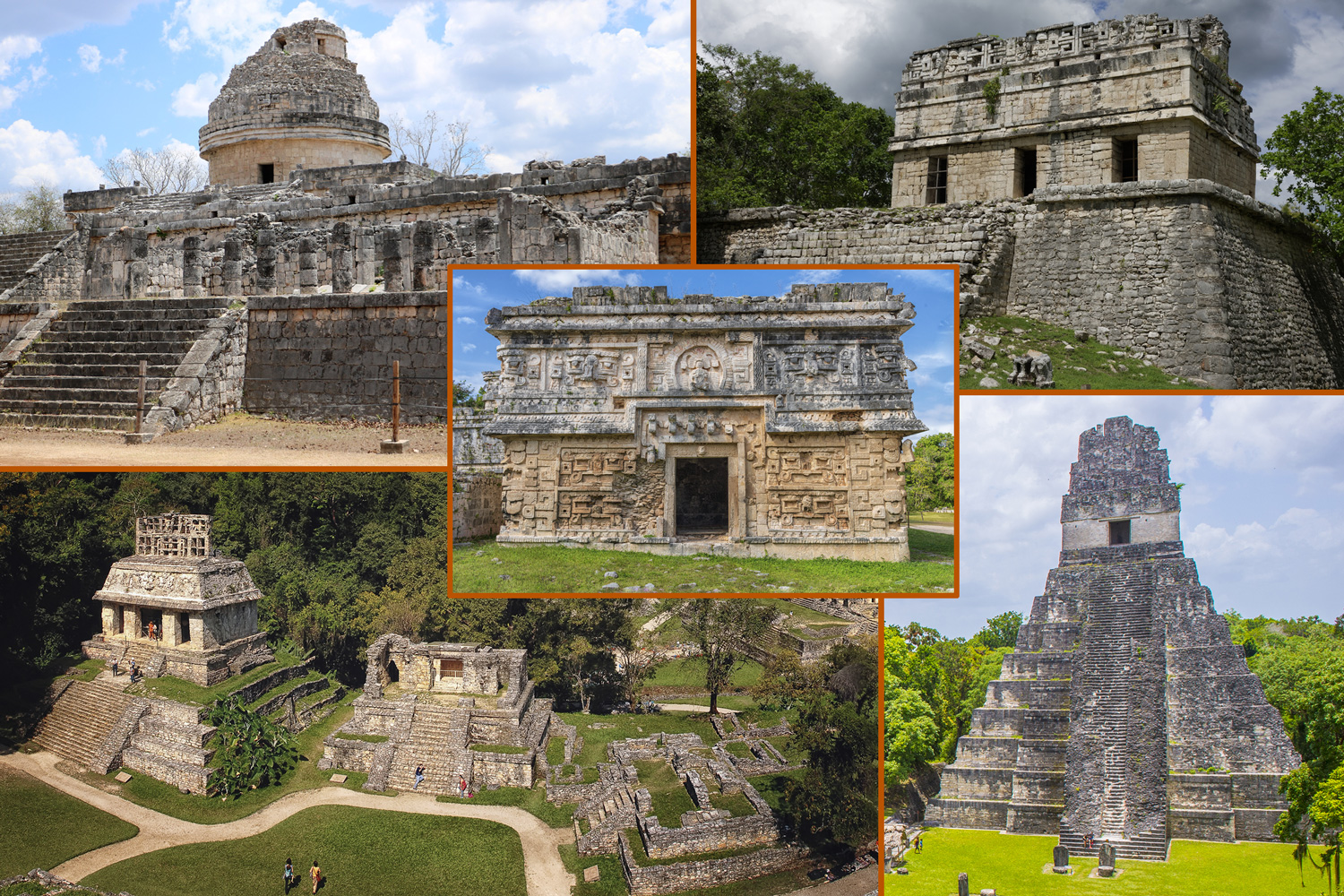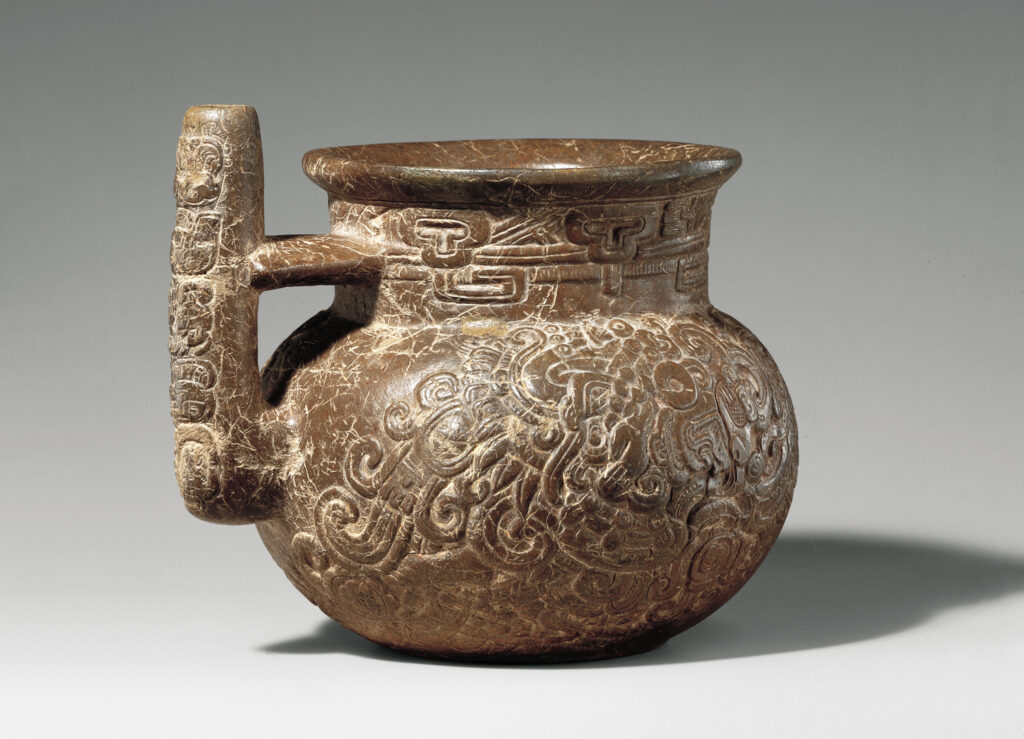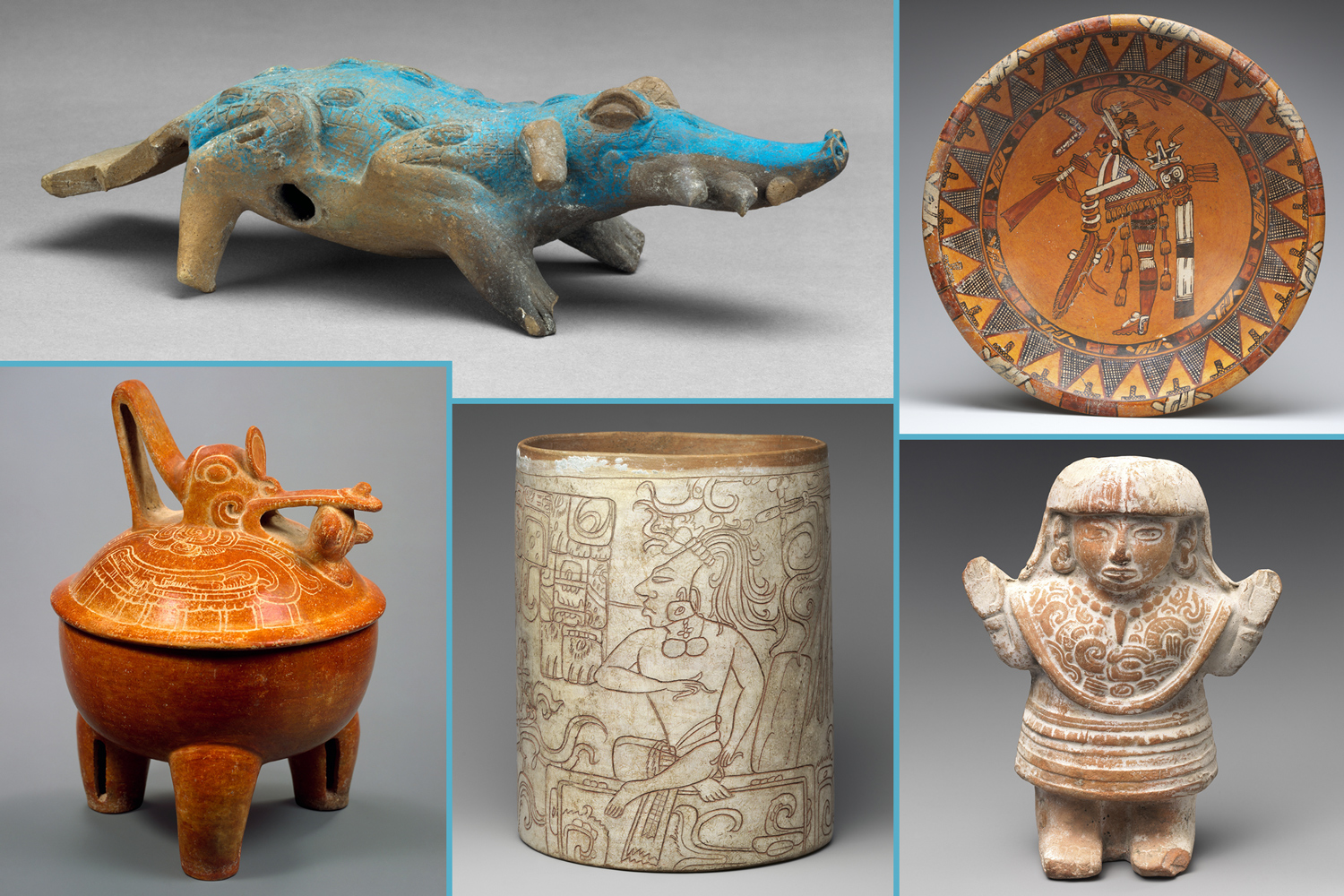Ancient City Found!
Using special technology, a scientist found the ruins of thousands of buildings that were once part of a city.
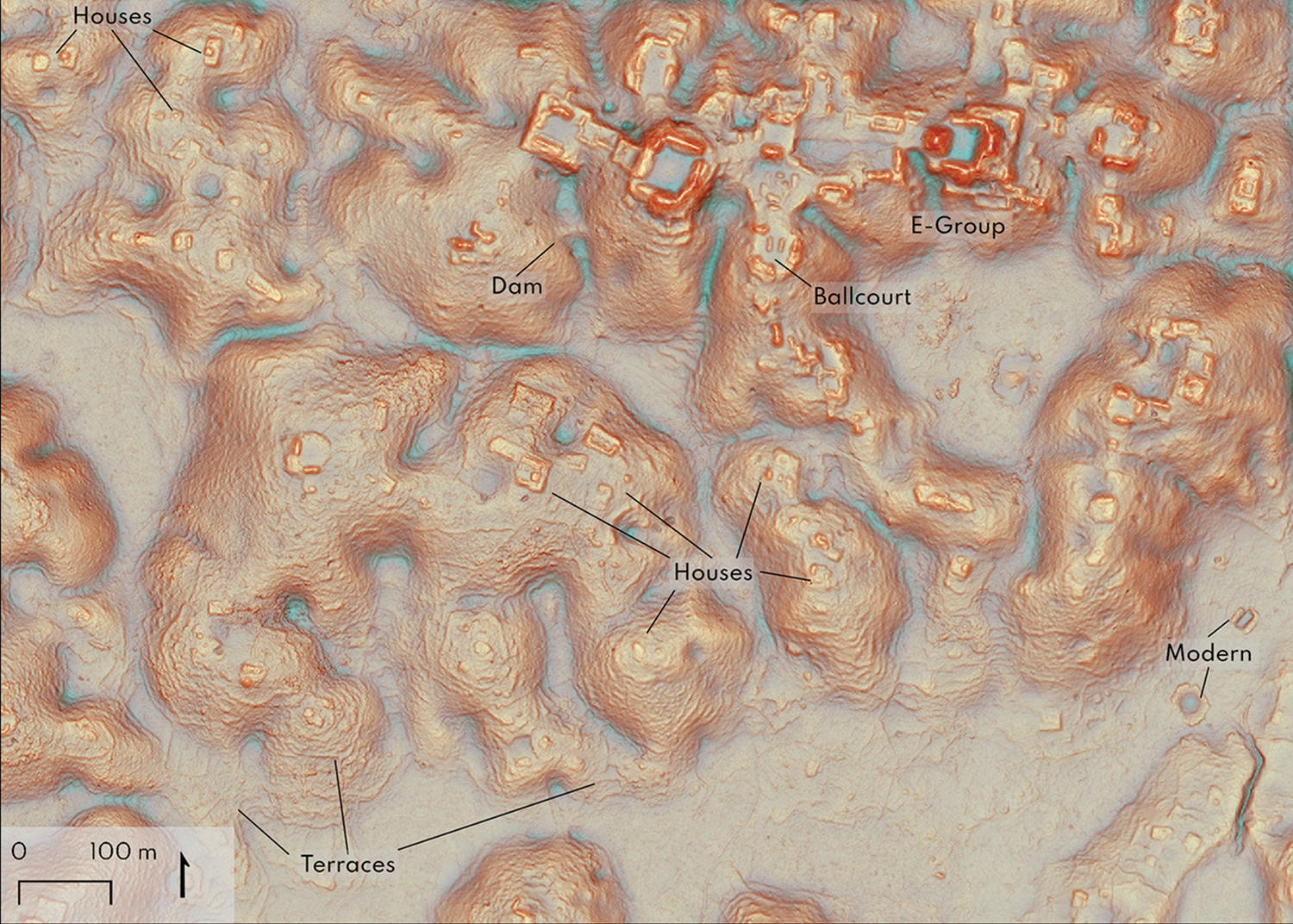
L. Auld-Thomas, M.A. Canuto, A. Velázquez Morlet, F. Estrada-Belli, D. Chatelain, D. Matadamas, M. Pigott, and J.C. Fernández Díaz. “Running out of Empty Space: Environmental Lidar and the Crowded Ancient Landscape of Campeche, Mexico.” https://doi.org/10.15184/aqy.2024.148
This image shows features of the ancient Maya city now called Valeriana.
What can a jungle hide? Sometimes it can hide an entire city! Using special technology, an anthropologist has discovered the remains of thousands of buildings that were part of the ancient Maya civilization.
The Maya lived in parts of Mexico and Central America between about 200 CE and 900 CE. They built large cities with huge populations, but their civilization eventually declined for reasons that are still unclear.
Some ruins of the Maya civilization are covered over by thick jungles, making them difficult to find. But thanks to a technology called lidar, experts have been making many discoveries. Lidar uses a laser to scan the ground and detect three-dimensional shapes, like buildings. Lidar surveys have revealed thousands of ancient Maya buildings in the nation of Guatemala.
Anthropologist Luke Auld-Thomas, who works at Northern Arizona University in the United States, wanted to use lidar to find Maya ruins in southeastern Mexico. An anthropologist is a scientist who studies human cultures. Auld-Thomas learned that people had used lidar technology in the area for other purposes. So he looked at the results to see if there were any signs of Maya ruins. That’s when he found the lost city, which he named Valeriana.
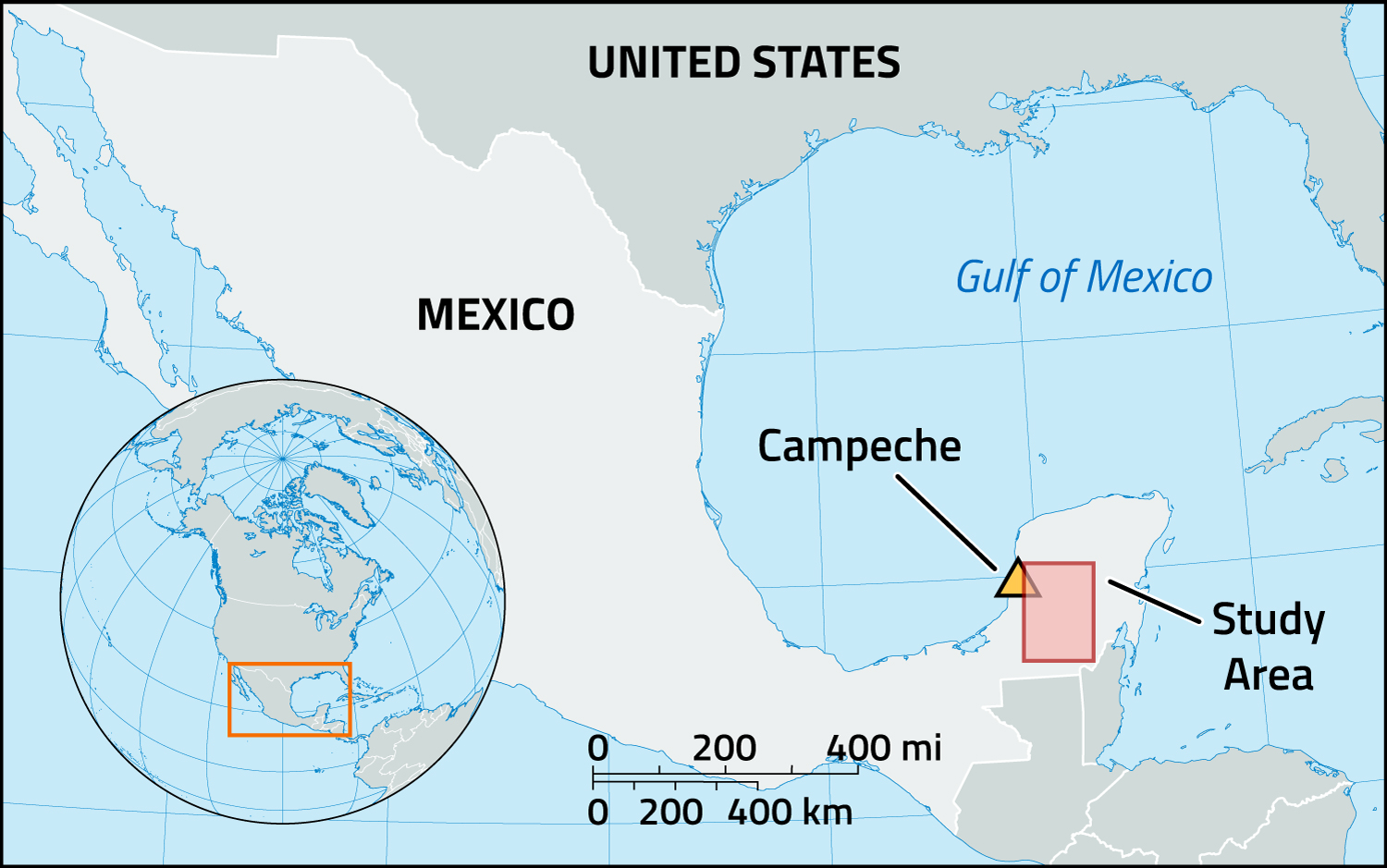
Encyclopædia Britannica, Inc.
The shaded red box on this map shows the location of the ancient city in what is now Mexico.
Valeriana was about 6.4 square miles (16.6 square kilometers) and included two main areas with large buildings and two plazas with temple pyramids. There were also many houses and roads, a court where people would have played ball games, and a reservoir (a place where water is stored). Auld-Thomas and others believe that, at one time, as many as 30,000 to 50,000 people lived in Valeriana.
Discoveries like this one show that the Maya civilization was much larger than anthropologists originally thought. Experts say it’s likely that there are other hidden settlements just waiting to be found!

